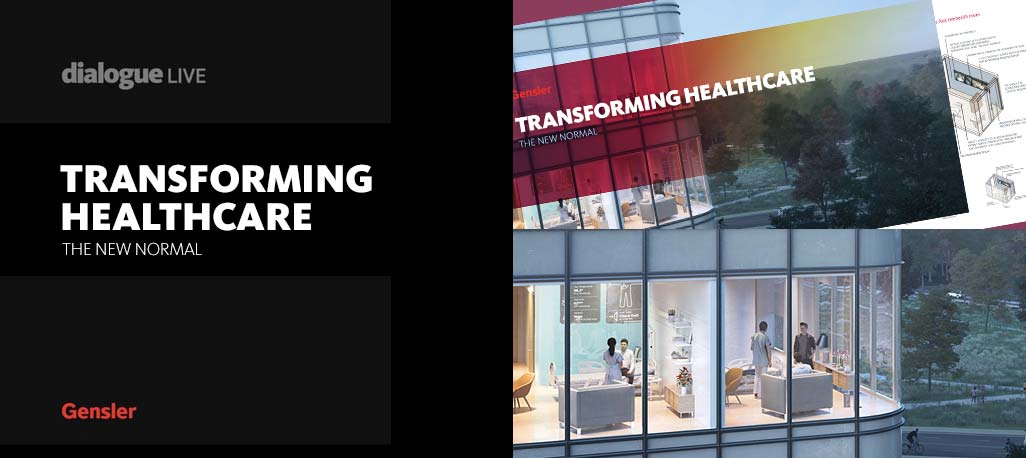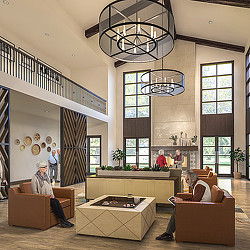As healthcare systems prepare to navigate unique circumstances, many questions have come up, both from a patient perspective and a provider perspective. All voices must be heard for a collective next step. From ambulatory clinics to acute inpatient environments, healthcare presents special challenges. But we can be proactive, and we can make sure that today’s investments will support us tomorrow. Health systems face incredible pressures at this moment, but if we embrace the change and use this moment as a catalyst for transformation, we will make a quantum leap toward delivering on our mission.
On Tuesday, July 7, Gensler Healthcare Leaders James Crispino and Randy Guillot joined Global Practice Areas Leader Ray Shick to host a webinar. The healthcare experts offered strategic advice on creating an environment that feels safe and makes patients and employees feel valued, while also re-confirming that their health matters. We know that the status quo is no longer viable and as we rethink our approach, this disruption can be an opportunity to reimagine the delivery of care. Focusing only on effectiveness in healthcare systems can overlook broader cultural or behavioral opportunities to optimize engagement and performance. Creating a great experience requires aligning space, culture, interaction, and behavior.
The conversation focused on considerations for restarting high-volume care, telehealth support needs and the associated real estate impacts, design interventions at each stage of the patient journey to promote humane healthcare, and changes to make the administrative workplace feel safer and healthier. The discussion included guidance on quickly developing data and immediate action plans for rapid planning and implementation, tactics to re-establish fiscal health while re-orienting perspective toward a new normal, and long-term strategies and solutions to prepare and plan for new modes of care, enhanced user experience, greater leverage of real estate assets, and sustainable and resilient operations.
The strategy of getting patients and staff back into clinical environments is to reduce fear, rebuild trust, reassure, and communicate clearly how their well-being is considered. The return of high-volume patient care will require a carefully choreographed course of immediate actions and long-term efforts. Download Gensler’s Transforming Healthcare Guidebook to learn more about how we’re working closely with clients to address immediate strategies and long-term solutions to reimagine the future of healthcare.

